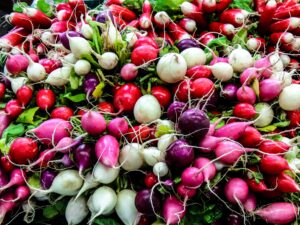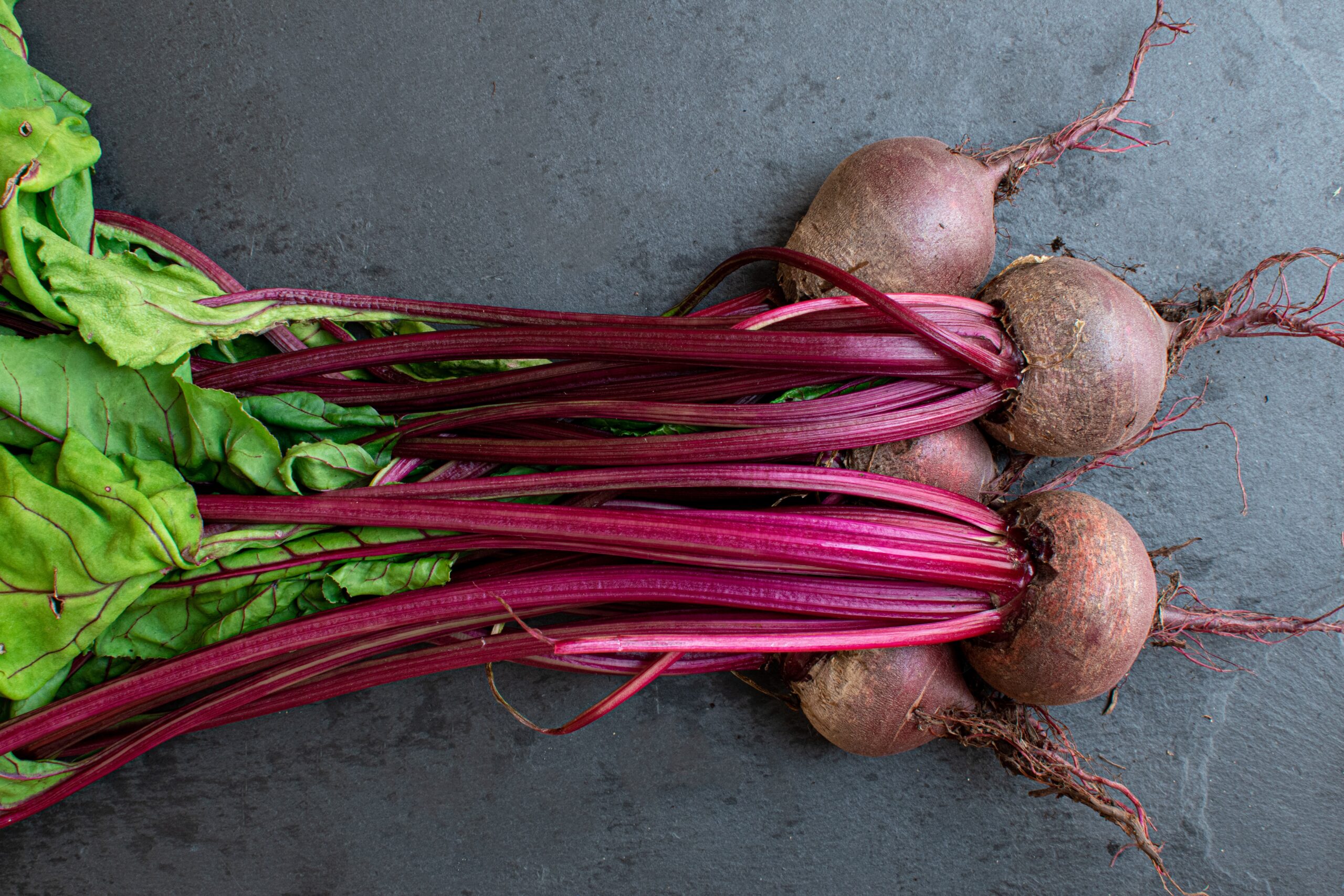Production technology of turnip/shalgam
Introduction
The turnip (Brassica rapa L.) is a member of the Cruciferae family. It’s also been labelled as var. Rapa and species compestris. The turnip is said to have originated in Europe or Asia. In warmer climes, it is produced as a winter vegetable; in cooler climates, it is planted as a summer crop. Both the expanded root and the leaves of this plant are used in salads, cooked dishes, and pickles. The young tops are highly high in minerals and vitamins, including calcium and iron, as well as vitamins A, B, and C. Here is the complete production technology of turnip.
Climate
Turnips are a cool-season vegetable. They grow in warm weather as well, but the highest quality is obtained when the temperature is chilly. Radishes have the same climate needs as radishes.
Soil
Turnips may be cultivated in a variety of soils. Fertile, deep, and wet sandy loam soils provide the best crops. Deep ploughing is required for thorough preparation. The soil must be rich and there must be a consistent supply of moisture until the roots have reached marketable size to ensure excellent yields and quality.
Manures and Fertilizers
Before the land is prepped, FYM at 20-25 t/ha should be applied. Before planting the seed, 35 kg of nitrogen and 50 kg each of P and K should be added. When the roots are just beginning to develop, a top-dressing of 35 kg N is recommended.
Also Read :- production technology of onion
https://mianfarms.com/production-technology-of-onion/
Spacing
Turnip seeds are usually sown in 30-45 cm rows. Seed drills are used to cover the seed to a depth of 2-4 cm. The seed rate is around 3-4 kilograms per hectare.
Sowing Time
Turnips are nearly totally cultivated from seed. Because it does not grow in hot temperatures, tropical varieties should be planted in the plains from August to September, and temperate varieties from September to December. They are cultivated in the hills from March through May.
Irrigation
The initial irrigation occurs immediately after seeding, with following irrigations occurring at 7-8-day intervals. This should be cut to 4-5 days in the summer. During the period of vigorous root growth, irrigation frequency should be increased.
Varieties
Turnips are divided into two categories: European and temperate. 2) Asian or tropical climates. Temperate cultivars are sweeter and more edible, but tropical kinds are more pungent and better for pickling, as well as being early and heat-resistant. Purple Top, White Globe, Snowball, and Golden Ball are examples of temperate varieties. Tropical plants can be red, white, or drab in colour. One such variation is Desi Red.
Harvesting
When the roots reach a marketable size, the leaves are trimmed from the base and the turnips are extracted. The plants are removed or chopped at the soil surface for use as greens, and the foliage is cooked. Some young turnips are bunched, but the majority are topped and packed.
Yield
Yields range from 20,000 to 40,000 kg per hectare. So, here is the complete production technology of turnip.

[…] Production Technology of Turnip […]